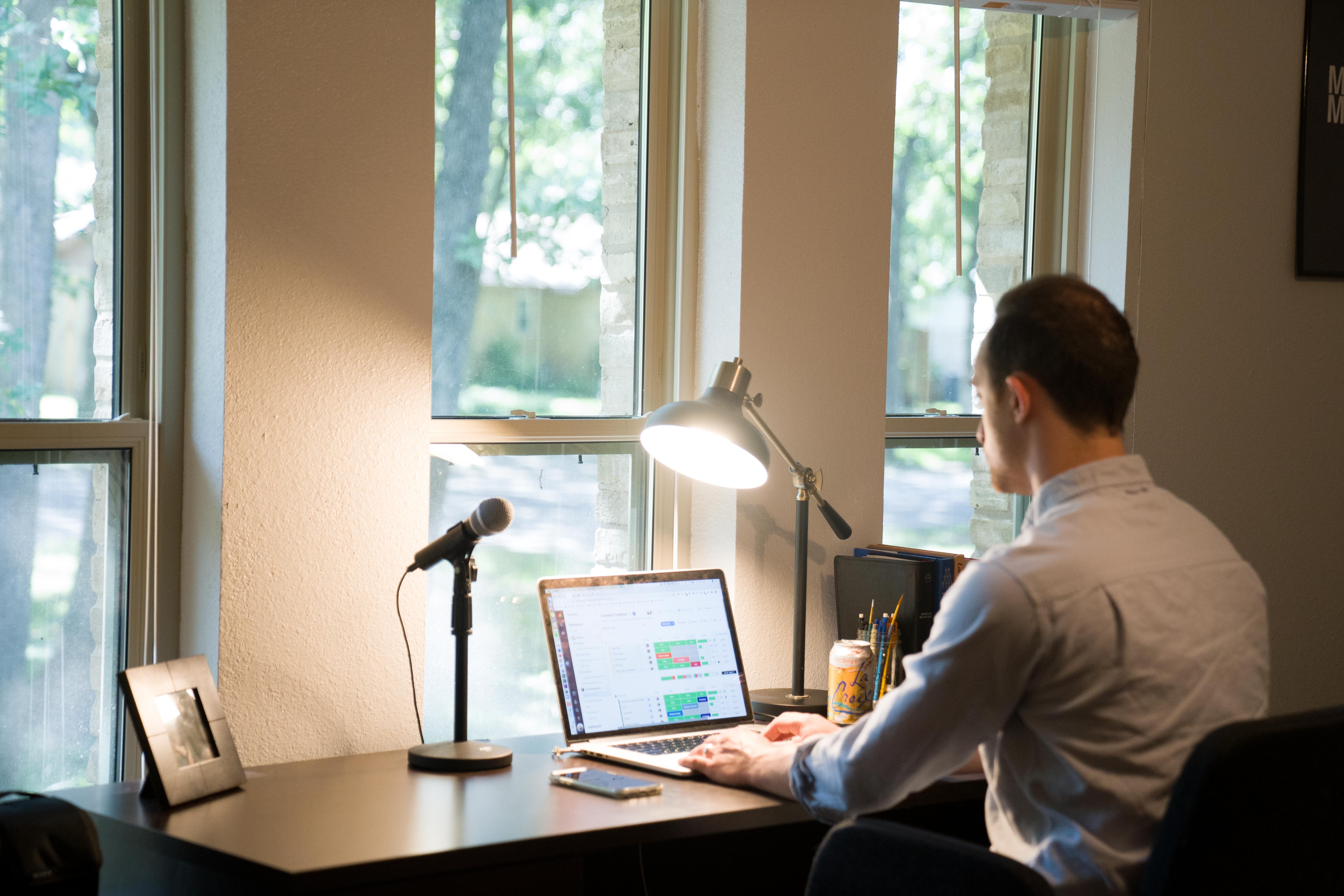
Office jobs can often result in several injuries, including back pain and repetitive strains, to name a few. Now, in light of the pandemic, these injuries have been transferred from the workplace to home, with many of us now adopting the working from home life. The most prevalent injury in the workplace is back pain, with sedentary office jobs causing this to develop from long periods of physical inactivity, incorrect posture, and poorly designed workspaces.
Making the shift to working from home offers us an opportunity to address these injury risk factors and make work as comfortable as possible. But what do we suggest?
- Create an ergonomic workspace. The word ergonomic has been thrown around a lot in recent months and refers to a space designed for efficiency. This includes positioning everything you will need for your working day, whether that be pens, phones, or a water bottle, within an arm’s reach. How does this help prevent injuries? Well, if you can reach anything you need by reaching out your arm, there will be no need for you to lean and stretch, potentially causing strains. An ergonomic workspace also means adjusting your monitor height, ensuring the screen brightness is optimal and adjusting your desk and chair height to ensure maximum comfort.
- Choose the correct office chair. This is one of the most important points of the working from home checklist. The correct office chair can be the difference between back pain and no back pain. A good office chair will promote proper posture by having an adjustable height, an adjustable backrest, and adjustable armrests, alongside lumbar support and the ability to swivel.
- Practice good posture. Following on from a good office chair is practising good posture throughout the day. When sitting for extended periods of time, we often subconsciously slouch or lean, which can cause severe back pain if not corrected. Using correct posture reduces the gravitational pressure that is placed on your spine, improving comfort and reducing the risk of back pain.
- Take frequent short breaks. Short and frequent breaks minimise the length of physical inactivity during the day. Even if this solely involves standing for five minutes every hour and stretching your back and legs, this can have a profound impact on the incidence of workplace injuries.
If you are still experiencing back pain even after taking these suggestions into account, there may be something deeper going on, and it is worth you coming in to get this checked out by the team at Opus. An assessment from one of our sports medicine specialists may identify exercises and changes you can incorporate into your daily life that will ease any pain your are experiencing.
